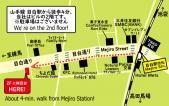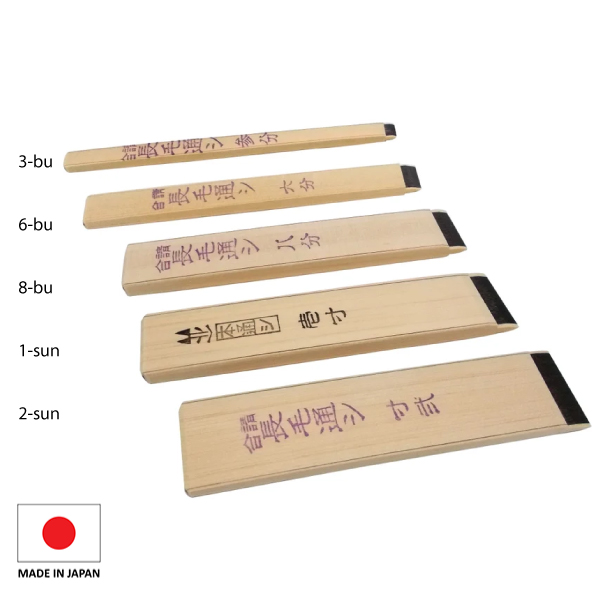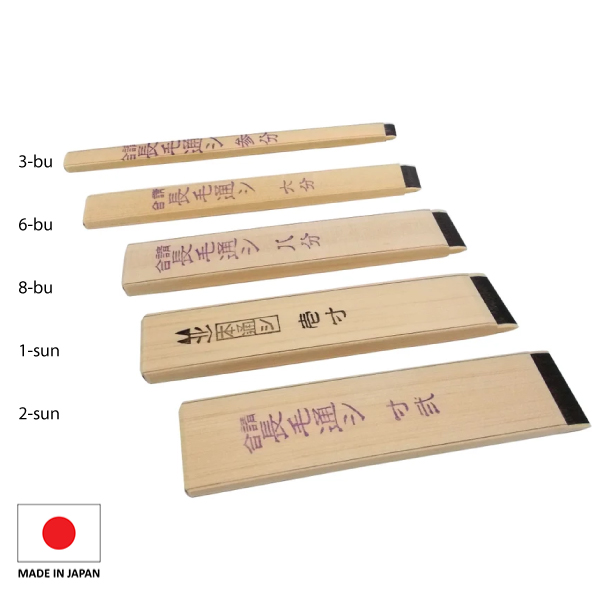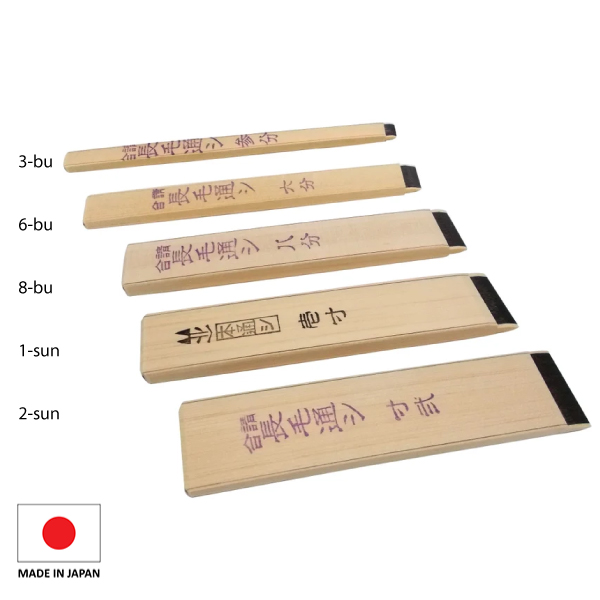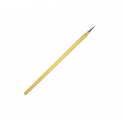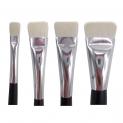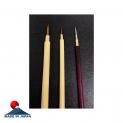Category
Business calendar
WHAT'S NEW
-
2.0 Tozan Seizan Japanese Shakuhachi Bamboo Flute, PRE-OWNED **Listen**
-
2.0 Tozan Roshu Japanese Shakuhachi Bamboo Flute, PRE-OWNED **Listen**
-
1.8 Tozan Senshu Japanese Shakuhachi Bamboo Flute, PRE-OWNED **Listen**
Home >> Japanese Urushi >> Urushi Lacquer Supplies >> The Finest Professional-Use Urushi Brush: Made in Japan Hontoshi
Most popular for beginners!
Brush width: 22mm/0.86 inch/ Handle: 150 mm/5.9 inch, Material: Human hair

The Finest Professional-Use Urushi Brush: Made in Japan Hontoshi
Currency:
The Finest Professional-Use Urushi Brush: Made in Japan Hontoshi
Product #: A0330
Price: ¥6,600 /
Stock:
Ships within 3 days
Rating:
0.0/5 ( vote cast)
A step-by-step Kintsugi instructional video on youtube! youtu.be/UWa_MyLpZfQ
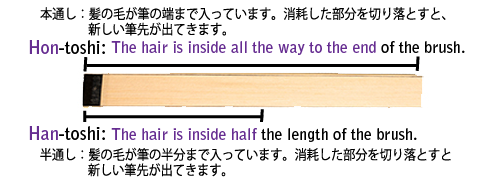
#1-bu:
The finest.
Brush width: 3mm/0.118 inch, Length: 190 mm/7.48 inch, Material: Human hair
#2-bu:
Brush width: 7mm/0.275 inch, Length: 190 mm/7.48 inch, Material: Human hair
#3-bu:
Brush width: 9mm/0.35 inch/ Handle: 150 mm/5.9 inch, Material: Human hair
#6-bu:
Brush width: 18mm/0.70 inch/ Handle: 150 mm/5.9 inch, Material: Human hair
#8-bu: SOLD OUT
#1-sun:
Brush width: 27mm/1.62 inch /Handle: 150 mm/5.9 inch, Material: Human hair
#1.2-sun:
Brush width: 30mm/1.19 inch /Handle: 150 mm/5.9 inch, Material: Human hair
#2-sun:
Brush width: 50mm/2.04 inch / Handle: 150 mm/5.9 inch, Material: Human hair
This "Hon Toshi Brush" in Japanese means the bristles are hidden in the wooden plates all the way to the end, just like a pencil core.
After the bristles are worn out, you cut off the tip with a knife and new bristles will appear!
You can also adjust the length of the brush however you like.
One brush can be the same value as 8--12 brushes!
What is special about this brush is materials are never-been-dyed human hair only. Why human hair?
A. Soft and delicate B. It has to be 18cm (7 inch) or longer for this purpose
The only alternative to human hair is horse's tail hair which is unsuitable because it leaves brush marks.
Urushi brush was developed in the Edo era (Year 1603 onwards) and is still loved by modern painters.

---
Traditional Sharpening Urushi Brush from Japan, Kiridashi/Kezuridashi Brush
© 2025 Mejiro Co., Ltd. All Rights Reserved





